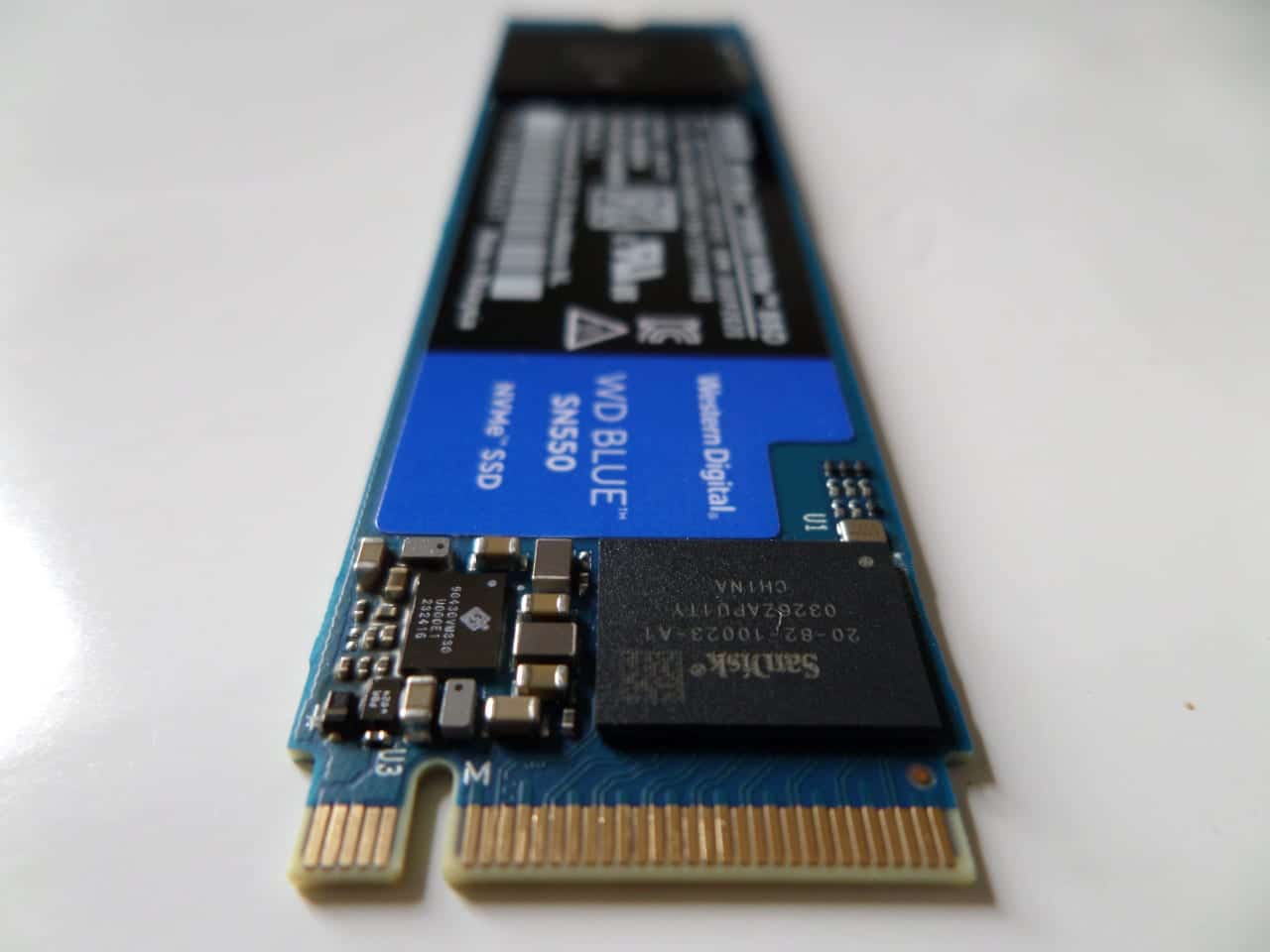Intel has launched their latest Cascade Lake Xeon processors at the Data-Centric Innovation Day in San Francisco. These second-generation Xeon Scalable processors come in many varieties (53) and offer up to 56 cores.
If you’ve explored the Xeon processor lineup in the past, you’ll know that there is a broad variety of them, including Xeon Platinum, Xeon Gold, Xeon Silver, among others. Within each of those varieties there are many models. These new processors are of the Xeon Platinum variety, Intel’s flagship server CPUs.
The new Cascade Lake processors are available in the following varieties:
| Model | Core Count | Thread Count | Base Freq | Boost Freq | L3 Cache | TDP |
|---|---|---|---|---|---|---|
| Xeon Platinum 9282 | 56 | 112 | 2.6 GHZ | 3.8 GHZ | 77 MB | 400W |
| Xeon Platinum 9242 | 48 | 96 | 2.3 GHZ | 3.8 GHZ | 71.5 MB | 350W |
| Xeon Platinum 9222 | 32 | 64 | 2.3 GHZ | 3.7 GHZ | 71.5 MB | 250W |
| Xeon Platinum 9221 | 32 | 64 | 2.1 GHZ | 3.7 GHZ | 71.5 | 250W |
The Xeon 9282’s TDP of 400 Watts means it will have a high heat output, therefore liquid cooling is required, unlike the 250W and 350W models. TDP can provide a hint about what the power consumption may be like, at least for the sake of comparing the different models.
The release of the Xeon Cascade Lake models comes just in time to compete with AMD’s (also powerful) Epyc server/datacenter processors, some of which will be manufactured using 7nm process technology.
The Xeon 9282 doesn’t use a socket like its siblings, it comes in a BGA package, which is soldered to the motherboard. BGA means that it comes in a surface mount casing. BGA packages typically provide the benefit of being compact.
Just to throw an idea out there since it is a BGA package: Considering the poor thermal conductivity of thermal paste compared to metals, would it be a good idea for Intel to start shipping these processors with heat blocks attached to them (metal-to-metal contact with the help of soldering or other means) to improve conductivity?
Let me know in the comments!
Another interesting thought to ponder is: Some chip packages (not CPU, though) are capable of dissipating heat into a thermal pad on the motherboard. That would require a motherboard to be equipped with a thermal pad, as they don’t currently, and the chip would have to have that as well. It could provide for better cooling as it could dissipate heat into both the motherboard and a heat sink.







